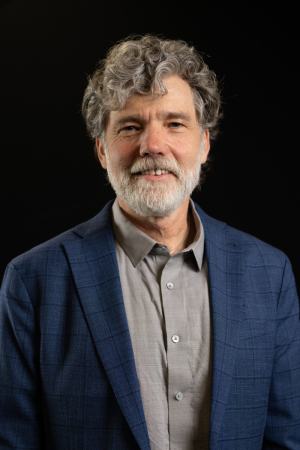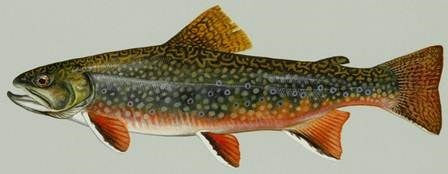Dr. Casey Huckins is the new chair of the Biological Sciences Department. He served as interim chair since July 1, taking over from long-time chair and now professor emeritus Chandrashekhar Joshi.
“I am excited to continue leading such an outstanding department with its excellence in research, teaching, and service,” said Huckins. “Four of our faculty have been Distinguished Teaching Award winners in recent years and others have been nominated. Our faculty and staff are recognized and awarded for their service, and our students are inspiring. The department is at the forefront of basic and applied research, with over $2.27 million of research expenditures last year. This funding covers the broad array of faculty expertise in biology including biochemistry and molecular biology, ecology and evolution, environmental science, and health sciences. This research seeks better ways to treat cancer and improve health, understand, and restore populations and ecosystems, decipher genetic influences, and reduce plastic waste, among others.”
As a professor of biological sciences, Huckins’s main research interests include ecology and restoration of aquatic populations and ecosystems including lakes, streams, and the riparian ecosystems that connect them. He tends to focus on ecological patterns and processes in systems influenced by human actions and he applies the learned scientific understanding to inform their restoration and conservation. Projects examine the ecology and restoration of migratory coaster brook trout, and the reciprocal interplay and exchange between restoration and the advancement of scientific understanding. The goal is to increase understanding of the biology, ecology, and natural history of the organisms and systems of interest for their continued sustainability.
Congratulations Dr. Huckins! We are pleased to have you leading the Biological Sciences Department.
About the Biological Sciences Department
Biological scientists at Michigan Technological University help students apply academic concepts to real-world issues: improving healthcare, conserving biodiversity, advancing agriculture, and unlocking the secrets of evolution and genetics. The Biological Sciences Department offers seven undergraduate degrees and three graduate degrees. Supercharge your biology skills to meet the demands of a technology-driven society at a flagship public research university powered by science, technology, engineering, and math. Graduate with the theoretical knowledge and practical experience needed to solve real-world problems and succeed in academia, research, and tomorrow’s high-tech business landscape.
Questions? Contact us at biology@mtu.edu. Follow us on Facebook and Instagram for the latest happenings.


